This week YA Review Network published my short story “From Autumn to June.” I wrote this piece last spring and was thrilled when YARN sent an acceptance letter over the summer. Having worked with them previously on my story “We Never Get to Talk Anymore” and again on a piece that will be published in October, I knew my work was in good hands.
“From Autumn to June” was one of those rare stories that almost seemed to write itself. It’s as if it were there all along, just waiting to be discovered. When that happens it feels like magic, and it’s the best part of being a writer.
Another great thing about being a writer is getting to see the world through different points of view. This particular story explores a very sensitive subject from a perspective not often considered or given a voice. While researching, I was surprised to discover how prevalent this issue is—I found several support groups on various platforms dedicated to those struggling with it.
At first I wasn’t sure how to approach the narrative. Remembering how much I loved reading Barbara Kingsolver’s letters to her mother and daughter in Small Wonder, I thought I’d try the same. The style, called epistolary, has an eloquent way of capturing intimacy. I love how it turned out, and I hope you do too.




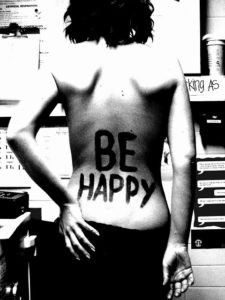
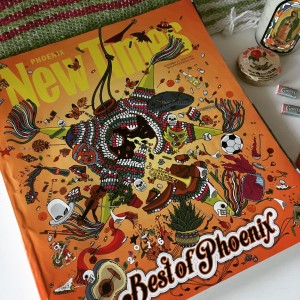

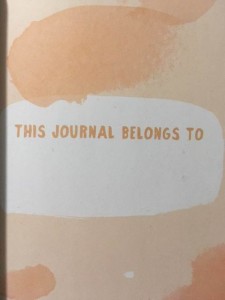

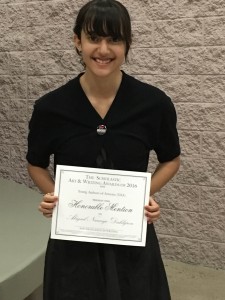
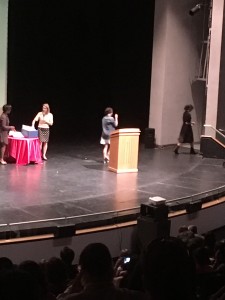
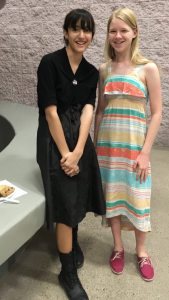
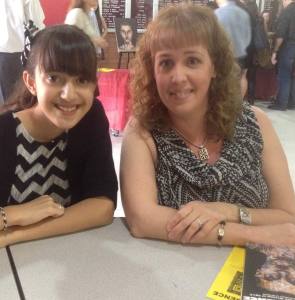
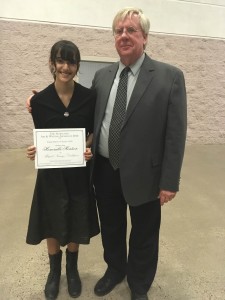
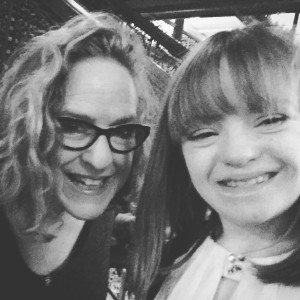
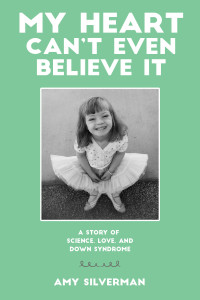
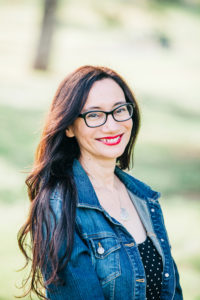
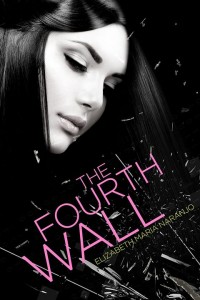











Connect With Me